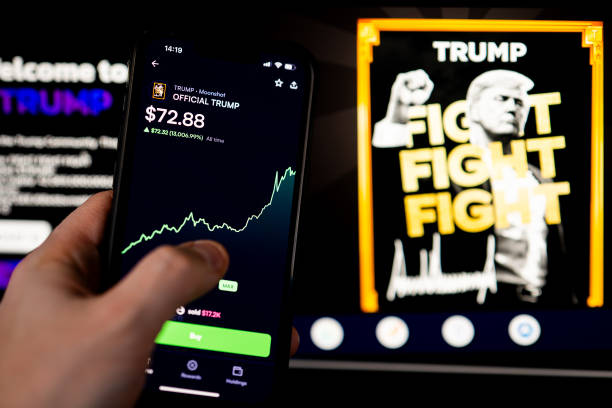Solana (SOL), the native token of the Solana network, surged 16.4% between Sept. 18 and Sept. 20, but the $152 resistance level proved more formidable than expected, leading to a 6% pullback to its current level of $143.
Investors are now questioning the cause of SOL's price weakness and whether the recent outflows from Solana network deposits signal a potential retest of the $120 support.
SOL price decline followed the US Federal Reserve interest rate cut
The recent gains in SOL price followed a broader altcoin market rally, which saw an 11% increase since Sept. 18, spurred by the US Federal Reserve's decision to cut interest rates. This shift toward a more accommodative monetary policy also fueled a rally in the S&P 500 stock index, which reached an all-time high on Sept. 19.
SOL/USD (blue) vs. altcoin market capitalization (magenta). Source: TradingView
However, SOL’s price gains appear to have been driven more by macroeconomic factors than any specific developments within the Solana ecosystem. When examining SOL's performance, its recent drop to $143 outpaced the broader altcoin market correction. Investors' tepid response could partly be attributed to the outflows from the Solana network, as measured by the total value locked (TVL). Nonetheless, other indicators show solid activity, which may counterbalance these outflows.
Solana network TVL in SOL terms. Source: DefiLlama
Solana’s decentralized applications (DApps) TVL declined by 8.5%, from SOL 36.9 million on Sept. 18 to SOL 33.8 million on Sept. 21. These withdrawals affected key platforms, including Jito (a staking solution), Kamino (a lending and leverage platform), and Jupiter (a decentralized exchange). Notably, this marks a reversal after strong inflows in August.
Despite this, Solana’s decline appears less concerning compared to other blockchains. For example, Ethereum’s (ETH) TVL dropped by 5% in ETH terms, while Avalanche’s (AVAX) deposits hit a six-week low in AVAX terms. Additionally, Solana's decentralized exchange volumes rose by 19% in the seven days leading up to Sept. 23, according to DefiLlama.
7-day decentralized exchange volumes, USD. Source: DefiLlama
Positive trends in Solana network DEX volumes include a 20% increase in Orca, a 28% surge in Raydium, and a 16% rise in Phoenix. Meanwhile, Ethereum’s most active DEX, Curve Finance, remained flat with $868 million in trading volume over seven days, and Tron’s SUN saw a 12% decline, dropping to $415 million over the same period.
Solana on-chain metrics show solid growth in activity
However, assessing a network's activity based solely on deposits and volumes may not provide the full picture, as many decentralized applications (DApps) don’t require significant deposits. This includes sectors like collectibles, non-fungible token (NFT) marketplaces, social applications, gambling platforms, and Web3 infrastructure. As a result, analysts often track the number of active addresses as an indicator of user engagement.
Related: Crypto-native travel agency launches Solana-based tokens and rewards
Top blockchains ranked by active addresses. Source: DefiLlama
According to DefiLlama data, Solana led the market in 7-day active addresses. Yet, its 8% growth in this metric trailed behind Ethereum, the leader in total value locked (TVL). Solana's low fees present an advantage in terms of transaction costs, but they also result in a higher relative inflation rate to cover the expenses and investments incurred by its validators.
For context, Solana's 7-day fee revenue amounted to $3.04 million, compared to $15.6 million for Ethereum and $9.72 million for Tron over the same period, according to DefiLlama. Therefore, despite the recent 8.5% drop in TVL, the growth in DEX volumes and active addresses suggests that Solana investors need not be overly concerned. The on-chain data does not indicate an imminent correction toward $120.
This article is for general information purposes and is not intended to be and should not be taken as legal or investment advice. The views, thoughts, and opinions expressed here are the author’s alone and do not necessarily reflect or represent the views and opinions of Cointelegraph.











